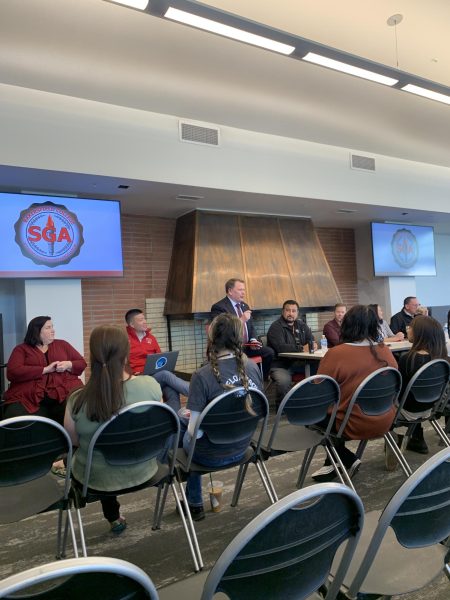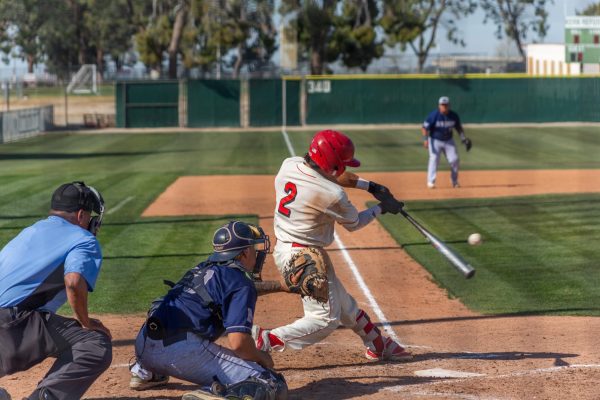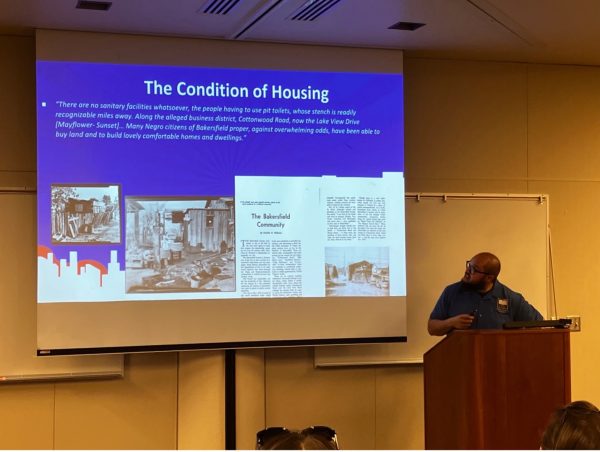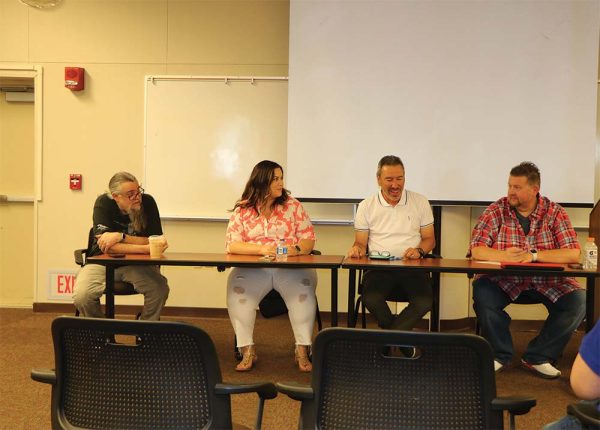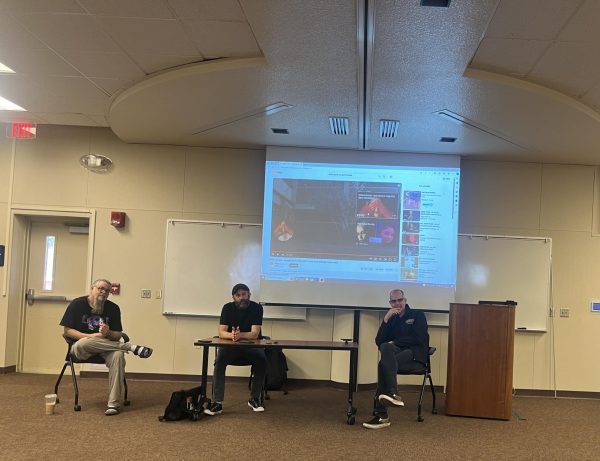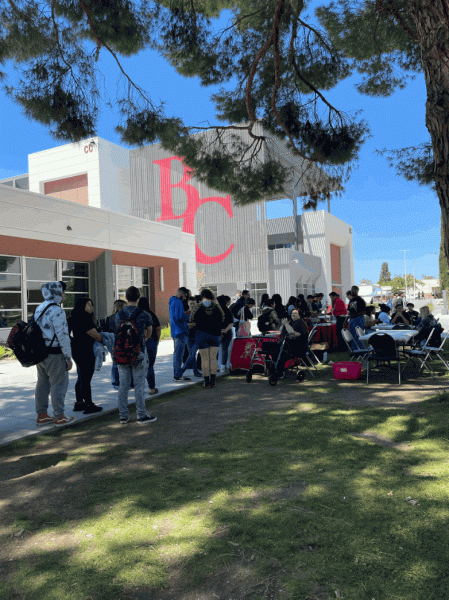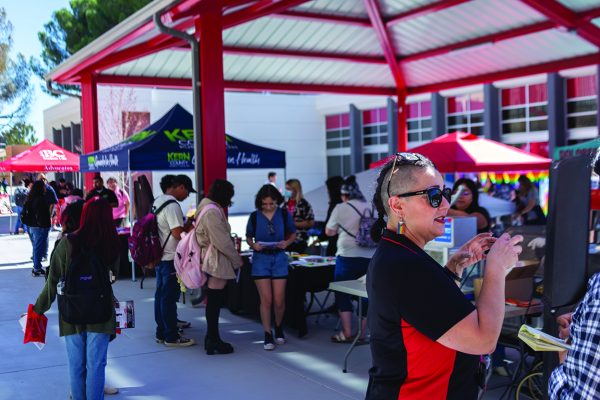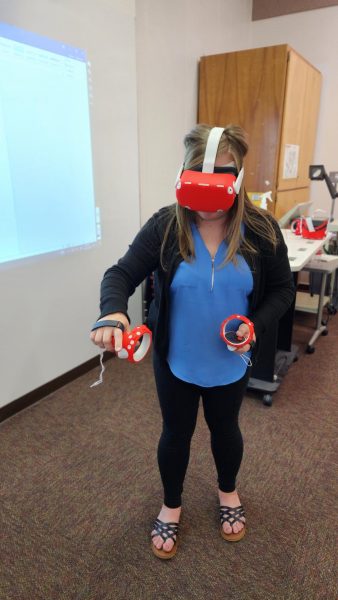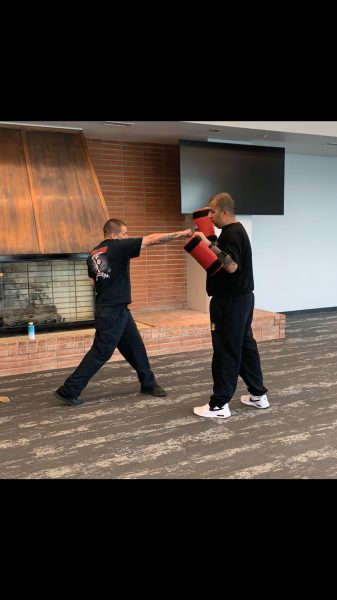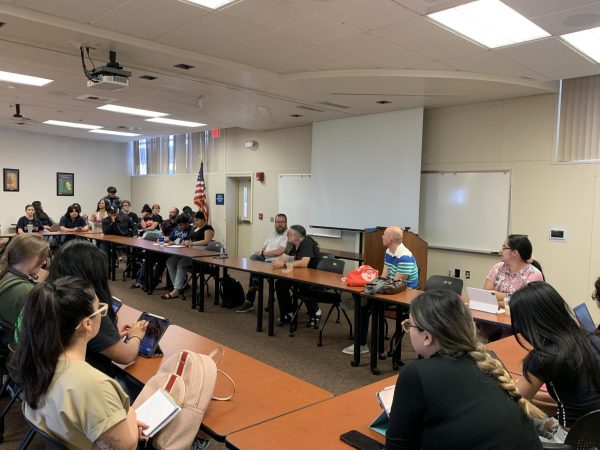Furious sound heralds Black History
February 17, 2016
On Feb. 9, the Bakersfield College Levan Center hosted “The Sound and the Fury: Black Music as Protest & (Re)Vision in the 20th Century” in honor of Black History Month.
Shana Redmond, associate professor of American Studies and Ethnicity at the University of Southern California and author of “Anthem: Social Movements and the Sound of Solidarity in the African Diaspora,” discussed her book and the manner in which music is and has been a method of protest within in the African American community.
“As a scholar, I am broadly interested in the ways in which art is used as a method of protest. I want to know how African descended people respond to power and how they dream of new worlds. The answers of these questions have brought me to music,” said Redmond.
The majority of Redmond’s presentation consisted of an analysis of contemporary protest music as well as what she called its “guides.”
After a brief introduction to her book, Redmond’s presentation began, and she analyzed the “guide,” Nina Simone’s “To Be Young Gifted and Black,” stating the significance of Simone’s request that white people not buy her song because it was not meant for them.
She then analyzed the contemporary songs “Be Free” by J. Cole, “Hell You Talmbout” by Janelle Monáe, and “Alright” by Kendrick Lamar, stating the significance of lyrics and production value. These songs, according to Redmond, resonate with the African American community today in more ways than one. They serve as protests and they serve as support to the Black Lives Matter movement, which is happening today.
Redmond told the audience, “Music is a method … music allows us to do and imagine things that may otherwise be unimaginable or seem impossible.”
She concluded her presentation, stating that student protests ask for change in more areas than one are happening at an increasing rate.
She told the audience, “This is a moment of opportunity, but I want to hear more creative language. I want to hear more visionary language. I want to hear more songs.”


